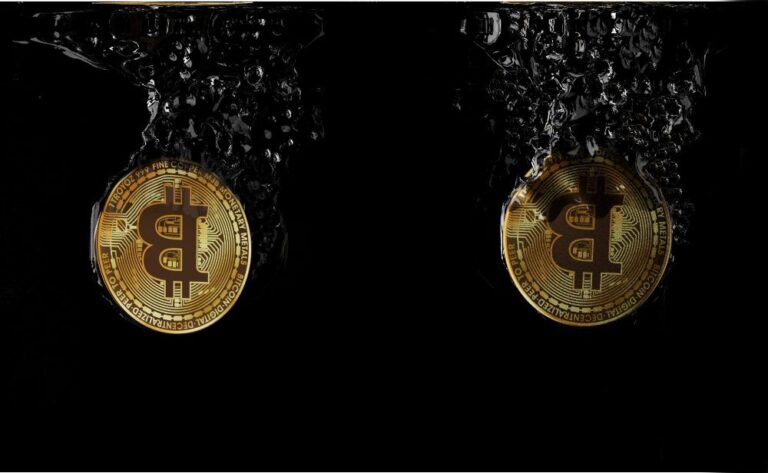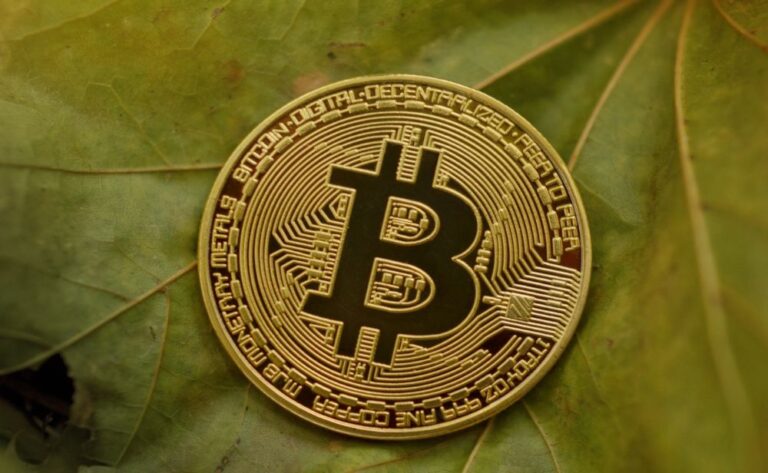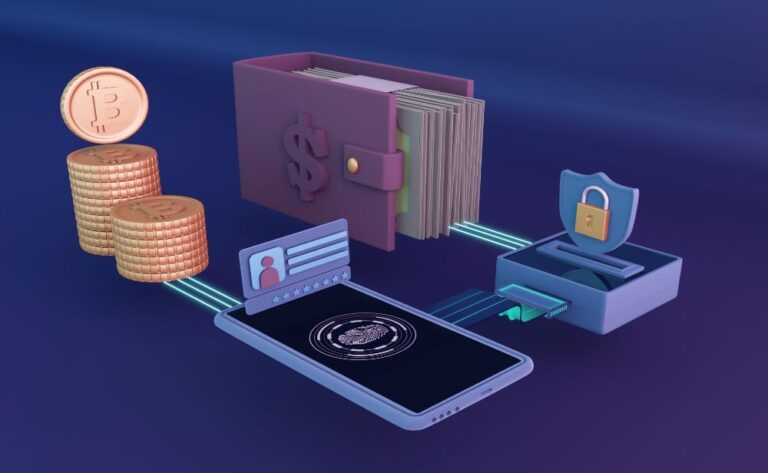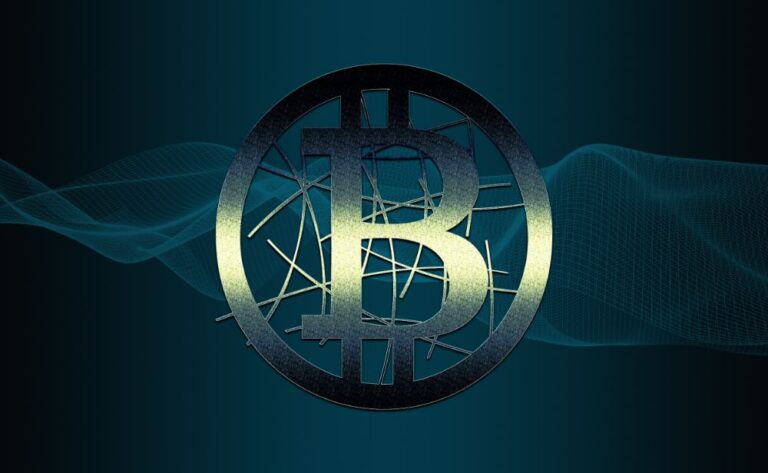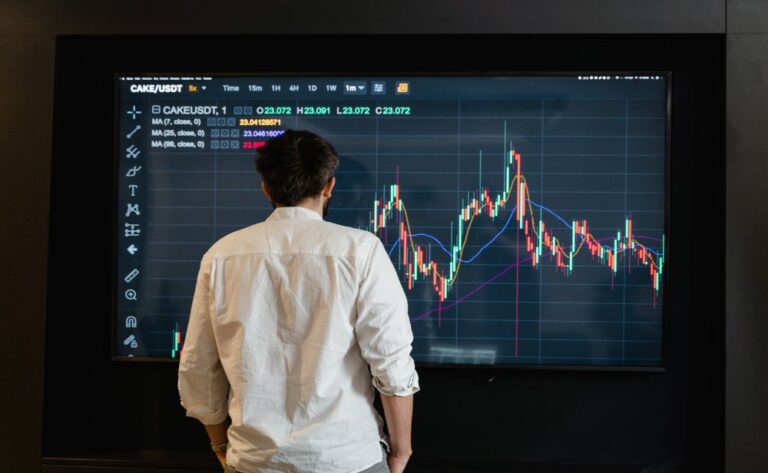A Concise Overview of the History of Blockchain

A great number of the technological advancements that we now take for granted were once revolutionary but went mostly unnoticed at the time. Just consider how drastically the introduction of smartphones has altered the way in which we work and live. Because a telephone was associated with a location and not a specific person at one time, it used to be the case that people could not be reached once they left the workplace. There are already digital nomads all over the world who are launching new enterprises on their smartphones. To think that smartphones have only been around for ten years is mind-boggling.
A blockchain is a distributed database that maintains a continuously growing list of ordered records that are referred to as “blocks.” Right now, we are in the midst of another silent revolution that involves blockchain. Think about what’s occurred in the span of only the past decade:
• Bitcoin, an experiment in digital currency, was the first significant innovation brought to the blockchain. Bitcoin’s market capitalization is currently somewhere between $10 and $20 billion dollars, and it is used for transactions by millions of individuals, including a sizable and rapidly expanding market for remittances.
• The second innovation was called blockchain, and it was essentially the realisation that the underlying technology that operated bitcoin could be separated from the currency and used for a wide variety of other interorganizational cooperation. This innovation was essentially a realisation that the technology could be used for all kinds of other interorganizational cooperation. At the moment, almost every major financial institution in the world is conducting research on blockchain technology, and it is anticipated that 15% of banks will be making use of blockchain in 2017.
• The third innovation was referred to as the “smart contract,” and it was implemented in a second-generation blockchain system called ethereum. This system built tiny computer programmes directly into the blockchain that made it possible to represent financial instruments other than cash-like tokens used by bitcoin, such as loans or bonds. The market capitalization of the Ethereum smart contract platform is currently somewhere around a billion dollars, and hundreds of projects are working toward entering the market.
The “proof of stake” concept is the fourth significant advancement, and it represents the cutting edge of blockchain thought right now. Blockchains of the current generation are safeguarded by a method known as “proof of work,” in which the group that possesses the most total processing power is responsible for making choices. In exchange for cryptocurrency payments, these organisations are referred to as “miners,” and they run enormous data centres to offer the necessary protections. The newer systems do away with these data centres and replace them with more complicated financial instruments; this achieves a level of security that is comparable to or even higher than the previous one. Later on in 2017, it is anticipated that proof-of-stake systems would be made operational.
• Blockchain scaling is the name of the fifth significant development that is on the horizon. In the world of blockchain technology, each computer that is part of the network executes each transaction right now. This is a slow process. The process can be sped up with a scalable blockchain without compromising its security. This is accomplished by determining how many computers are required to validate each transaction and then splitting up the work in the most effective manner. This is a big problem, but it is not an intractable one. The key is to solve it in a way that does not compromise the blockchain’s famed security and robustness. It is anticipated that a blockchain that has been scaled will have the processing speed necessary to both power the internet of things and compete with the main payment middlemen used in the banking industry, such as VISA and SWIFT.
• The effort that went into creating this innovation environment took only ten years and was done by a select group of mathematicians, cryptographers, and computer scientists. As humanity begins to realise the full potential of these advances, things are almost certain to start getting a little bit strange. Blockchains will be utilised as the payment method of choice for services such as charging stations and landing sites by autonomous vehicles and drones. Transferring money across international borders will no longer take days, but rather an hour, and then only a few minutes, all while maintaining a better level of dependability than the existing system has been able to achieve.
• These adjustments, together with others, constitute an overall reduction in the costs associated with conducting business. There will be fast, dramatic, and difficult to forecast aggregations and disaggregations of established business models when transaction costs drop below imperceptible thresholds. For instance, auctions used to be limited to a single region, rather than being open to bidders from all over the world as they are now on platforms such as eBay. A rapid shift in the system occurred as a direct result of the declining costs associated with contacting individuals. Since the advent of e-commerce in the late 1990s, there is a reasonable expectation that blockchain will set off as many of these cascades as e-commerce has since its inception.
It is difficult to anticipate what course all of this will take. Who could have predicted the rise of social media? Who could have guessed that clicking on the faces of our friends would eventually take the place of time spent watching television? In general, forecasters exaggerate how quickly events will occur and underestimate the consequences that will be felt in the long run. But the consensus among those working in the blockchain business is that the upcoming shifts will be “as large as the original development of the internet,” and it’s possible that this statement isn’t exaggerated at all. What we are able to forecast is that as blockchain technology develops and more people get familiar with this new kind of collaboration, its applications will broaden to include anything from supply chains to internet dating that can be proven to be fair (eliminating the possibility of fake profiles and other underhanded techniques). Given how far blockchain technology has come in the past decade, perhaps the future will arrive much sooner than any of us now anticipate.
Before the late 1990s, it was simply not possible to conduct business over the internet using a credit card because there was no such thing as electronic commerce. How quickly could another revolutionary breakthrough be brought about by blockchain technology? Consider the fact that Dubai’s blockchain plan (full disclosure: I was the one who designed it) is to issue all official papers on blockchain by the year 2020, and that large initial projects have just been revealed to go live this year. The concept of the Internet of Agreements, which was presented at the World Government Summit, builds on this strategy to envision a significant transformation of global trade. Blockchain technology will be utilised to help smooth out some of the bumps in the road caused by Brexit and the recent withdrawal of the United States from the Trans-Pacific Partnership. These ambitious goals will need to be demonstrated in practise, but Dubai anticipates that cost savings and innovation gains will more than outweigh the cost of experimenting with them. It is often the case, as Mariana Mazzucato shows in The Entrepreneurial State, that the state is in control of the leading edge of innovation, particularly in the realm of infrastructure; this is destined to be the case in the arena of blockchain technology as well.

